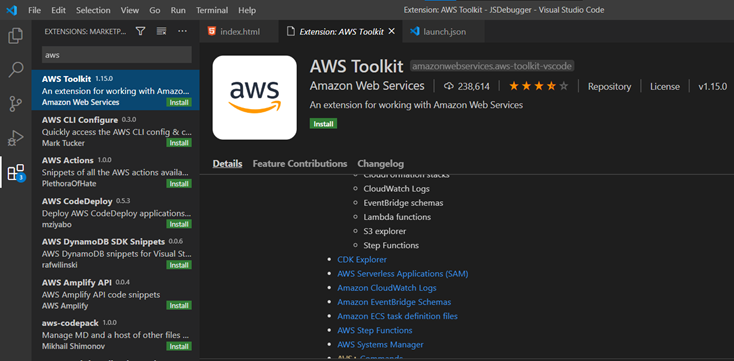.NET is a first-class citizen in Microsoft Azure. However, you might have a customer who want to develop with .NET but use their existing Amazon AWS infrastructure. Is it hard to start with non-Microsoft environment? This article shows my experience when having Microsoft .NET solution but hosted in AWS.
Terminology between AWS and Azure
As a developer, we might think that is a solution in AWS does not exist in Azure (or vice versa). The Good News are cloud computing environment in Azure and AWS have similar terminology. Is just like buying a coke with brand Coca Cola vs Pepsi, you will have similar terminology
- Amazon EC2 vs Azure VM
- S3 vs Azure Storage
- Amazon RDS vs Azure SQL
- Dynamo DB vs Cosmos DB
- Elastic Beanstalk vs App Services
You can find a long list of this comparison here. In conclusion, you do not need to worry that your solution is not exist in AWS.
.NET Support for Developer
Amazon and Microsoft are open platform cloud computing environment. Therefore, you will find the .NET solution cam be deployed there through IaaS or PaaS environment. However, if you want to develop the .NET solution that utilize the AWS services (i.e. S3) you can download
- AWS Toolkit for Visual Studio. This is a tool that help you connect, manage, and consume the AWS infrastructure directly in your Visual Studio. You can download the toolkit for Visual Studio 2008, 2010, 2012, 2013, 2015, 2017, and 2019 here.
- AWS Toolkit for Visual Studio Codes. If you are using Visual Studio Codes the AWS toolkit is ready for you. Just search the AWS toolkit and you will find the way

You can get see the getting started video here
Comparing the Cost between Azure and AWS
If your customer, ask you which one is better. You will be said that solution work great. In term of cost, both services are equal.
- I am hosting a .NET solution in EC2 instance with 4GB RAM, 2 VCPU, and 100 GB HDD, and Windows. I will get

- I am hosting a .NET solution in Azure VM with similar spec, I will get

You can compare between the solution by visiting:
So which one do you choose? I recommend you play it around and decide. If your customer requests are AWS, it is a good time to install toolkit! See you next time!